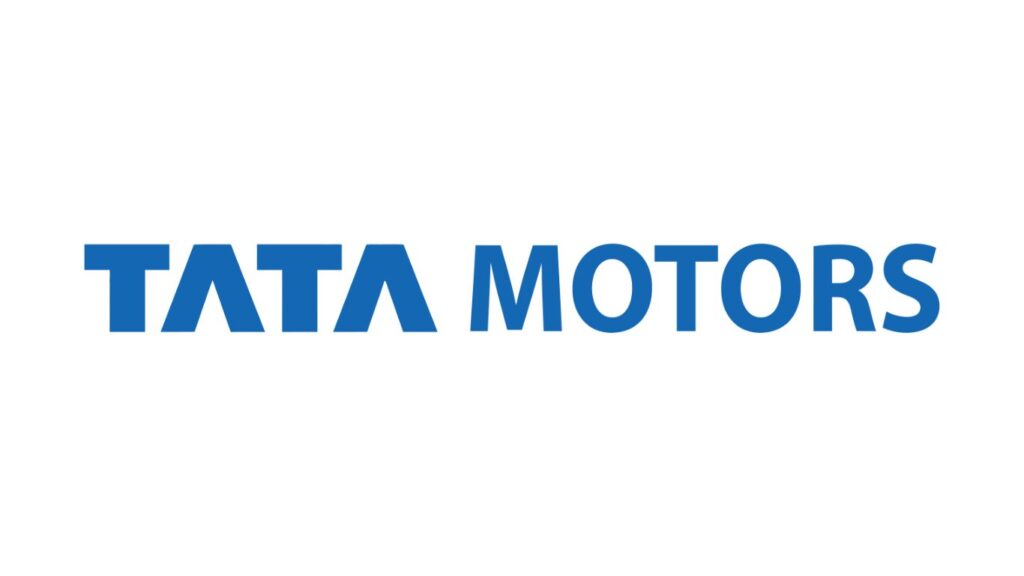Tata Motors stock has been in focus recently due to significant movement in the market. After experiencing a steep fall in the last two trading sessions, the stock showed a decent recovery on Tuesday (October 8, 2024). Amid this volatility, the company’s subsidiary Jaguar Land Rover (JLR) released its Q2 business update, revealing sluggish sales. Following this, global brokerage firms UBS and Nomura issued contrasting ratings on Tata Motors. While UBS has maintained its SELL recommendation, Nomura continues to advise a BUY. Let’s dive into the details.
JLR Q2 Business Update: A Slow Quarter
Jaguar Land Rover (JLR) faced a tough Q2 this fiscal year, with sales numbers reflecting a slowdown. As per the update, JLR saw a 3% decline in retail sales and a sharper 10% drop in wholesale sales compared to the same quarter last year. Supply chain disruptions, particularly aluminum supply issues, impacted production, leading to a 7% drop in output during the quarter.
Despite the challenges, JLR expects a stronger second half (October-March period) as aluminum supply stabilizes, which should boost both production and sales.
UBS Recommends SELL: Why the Caution?
UBS has maintained a cautious stance on Tata Motors, reiterating its SELL rating with a target price of ₹825 per share. The brokerage highlighted several concerns driving this bearish outlook:
- Range Rover Sport Discounts: UBS notes a significant rise in discounts for the Range Rover Sport model, which is expected to continue in the near term.
- Weak Order Book: JLR’s order book has fallen below pre-COVID levels, signaling slower demand recovery.
- ICE/Hybrid Launch Delays: UBS is concerned about the weak pipeline of internal combustion engine (ICE) and hybrid model launches, which could impact JLR’s financial performance in FY26.
- Margin Pressures: The company is facing potential margin slippage, posing a significant downside risk to its earnings.
With JLR’s premium car market share likely to shrink further in China due to fierce competition from domestic automakers, UBS sees these factors negatively affecting Tata Motors’ future performance.
Nomura Recommends BUY: Why the Optimism?
On the other hand, Nomura has maintained its positive outlook on Tata Motors, advising a BUY with a target price of ₹1303 per share. Here’s why Nomura remains confident despite the recent slowdown:
- Modest Sales Decline: Nomura acknowledges the 3% drop in JLR’s retail sales and the 10% dip in wholesale figures. However, it believes these are short-term setbacks that will be offset by a recovery in the coming months.
- Improved Sales Outlook for H2: JLR’s production and sales are expected to pick up in the second half of FY25 as supply chain issues, particularly the aluminum shortage, ease. This will drive a rebound in both wholesale and retail sales.
- Strong EBIT Margins: Nomura expects JLR to deliver an EBIT margin of 8.3% in FY25, close to the company’s guidance of 8.5% or more. This, combined with stable sales in the luxury car segment, supports the positive outlook.
For investors with a long-term perspective, Nomura believes Tata Motors is well-positioned to benefit from an eventual recovery in global demand and improvements in its supply chain.
JLR Q2 Sales Breakdown: Key Figures
- Retail Sales: JLR’s retail sales fell 3% YoY, down to 1.03 lakh units in Q2.
- Wholesale Sales: Wholesale sales saw a sharper 10% decline, dropping to 87,303 units.
- Production Impact: Supply chain disruptions, particularly in aluminum supply, led to a 7% drop in production for the quarter.
- Recovery Outlook: The company expects stronger production and sales in H2 FY25 as aluminum supply normalizes, boosting wholesale sales.
Tata Motors Stock Outlook: Navigating Contrasting Views
Both UBS and Nomura offer contrasting views on Tata Motors’ prospects, driven by differing interpretations of JLR’s Q2 performance and the global automotive market. While UBS highlights the risks associated with discounts, weaker sales pipelines, and competition in China, Nomura takes a more optimistic stance, focusing on the expected recovery in production and margins in the second half of the fiscal year.
For investors, the decision may hinge on their risk appetite and investment horizon. Those with a long-term view might find Nomura’s optimism appealing, while those wary of near-term risks may heed UBS’s caution.
Conclusion
Tata Motors finds itself at a crossroads, with mixed signals from global brokerage firms. UBS’s bearish outlook points to near-term risks, while Nomura’s bullish stance hinges on an expected recovery in JLR’s sales and margins. As the company navigates challenges in its premium car segment, especially in China, investors should closely monitor upcoming quarterly results and any updates on supply chain issues.
Disclaimer:
This article is for informational purposes only and should not be considered financial advice. Please consult with a financial advisor before making any investment decisions. The author and publisher are not liable for any losses that may arise from investing based on this information.
